I want to share with you about the Division of Responsibility. It’s the basic feeding philosophy I subscribe to and help my clients adopt in their families every day.
I recommend the Division of Responsibility (DOR) because it helps ALL children.
The DOR is a feeding approach developed by Ellyn Satter, a Registered Dietitian and Licensed Social Worker. It designates the feeding and eating responsibilities for parents and children.
What is the Division of Responsibility in feeding?
In its most basic terms:
- Parents are responsible for the what, when, and where of feeding.
- Children are responsible for eating (what, how much, and if any) from the food that is provided.
Who should follow the DOR?
This approach helps ALL children in ALL body sizes.
Children who:
- struggle with eating enough.
- do not eat much variety.
- eat more than what you think is ideal.
- eat intuitively with seemingly no major issues.
In fact, Ellyn Satter first devised this approach when a mother was concerned that her child was too big and she needed to get him to eat less. This is critical information because many parents believe they can’t follow the DOR because their child eats too much or is too big. They believe they need to portion and limit and not allow them to eat how much they want. However, this concept was constructed for this exact concern.
Why should I follow the DOR?
The DOR helps children eat what their body needs. It allows children with big appetites to trust they have access to food regularly and consistently. They don’t feel the need to eat from a place of scarcity and ultimately eat more than they need.
It allows children struggling to eat enough, or a variety of food, because it removes the pressure from the eating environment.
It helps YOU, as a parent, because you do not have to be responsible for getting your child to eat anything specific, or at all. You are only responsible for getting the food out for everyone to choose from.
It sets your child up to trust themself to make food choices and listen to their body, because one day you won’t be there to control the food.
We want to instill eating competence in them!
Restricting portion sizes says, your body is wrong, you don’t know how much to eat, and it is likely that it will ultimately end up perpetuating weight gain as well.
In the end, the DOR allows all children to listen to their bodies and eat the amount of food that is right for them.
 The DOR allows you to feed one way regardless of how many children and food preferences you are providing for.
The DOR allows you to feed one way regardless of how many children and food preferences you are providing for.
It is a set of guidelines but not rigid rules. It can be adapted and flexible to meet the needs of your family, including scheduling and types of food you serve. If you notice patterns of hunger or types of food your child is eating, you may need to adjust what or when you are offering food.
The DOR in action:
You choose what to have for a meal, where to eat it, and what time it is served.
Your child can choose to eat some, all, or none of it.
You choose meals that are considerate of your family’s preferences but that do not specifically cater to each individual.
You also choose to serve foods even when members of your family do not eat them to provide exposure and the opportunity to try new things.
For instance, you might choose to make enchiladas for dinner. You know one of your kiddos has never eaten enchiladas and says they’re gross! You still make enchiladas AND you are considerate by including something your child does like, such as refried beans and watermelon.
The entire meal is put out to allow each person to choose what they want to eat: enchiladas, rice, beans, salad, and watermelon.
All of the food is presented and your child can choose to try the enchiladas, salad, or rice. Or they might only eat beans and watermelon.
In other words, your child can eat all, some, or none of the meal.
This takes the pressure off everyone! I know it can feel scary to let go of that control, trust your child to listen to their body, and not know what the exact results will be. If there has been an imbalance in the feeding and eating relationship in the past, it will likely take some time to level out. You may see an increase in behaviors that concern you, such as:
- not touching vegetables
- eating large quantities
- eating more of the foods that have been limited in the past
- not eating at all
With time and a decrease in energy around food, these behaviors will shift back into alignment.
What I hear most often from parents:
My child is eating more now that they’re not being forced to try things.
My child is eating less and it seems like the feeling of food scarcity has decreased.
Meals are so much more enjoyable since we started following the DOR.
The DOR does work well when food is served family-style; however that is not a requirement. You can simply start by not dictating portions or what food your child has to eat off his plate.
You may also find that in order to provide for a family with various food preferences and to avoid being a short-order cook, deconstructed meals are helpful.
For more on this, check out easy family meal ideas that help everyone eat!!
Thank you for joining me and letting me be a part of your journey in creating joyful eating for your family.
For more info and support:
- join our Free FB Group – Joyful Eating for Your Family
- grab my online workshop – Stress-Free Family Eating: Simple Ways to Help Your Child Have a Healthy Relationship with Food
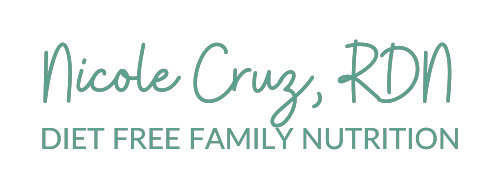

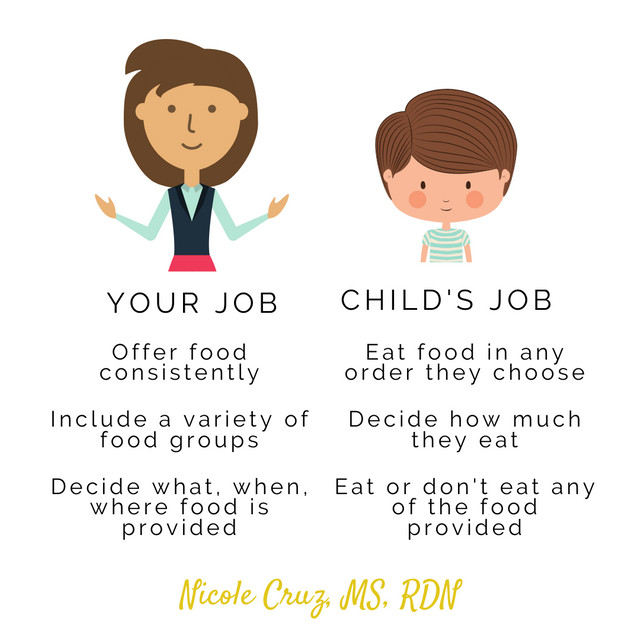
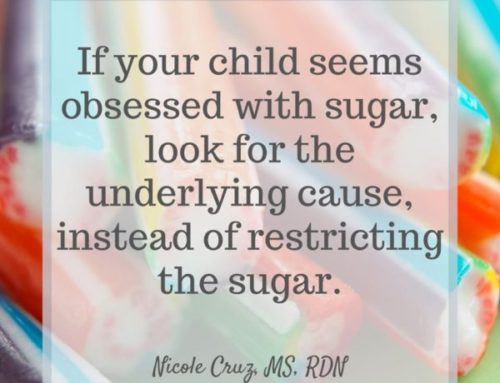
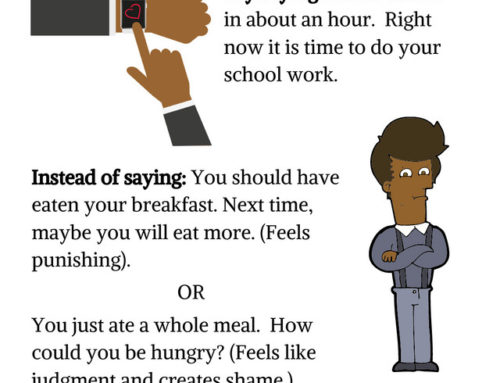
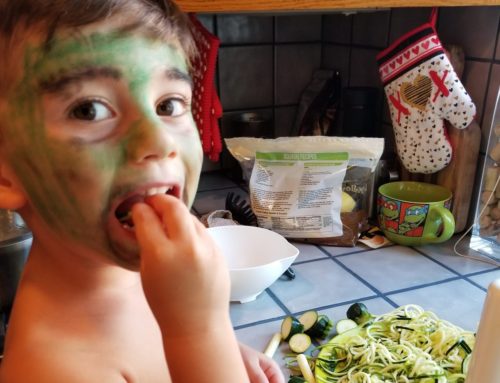
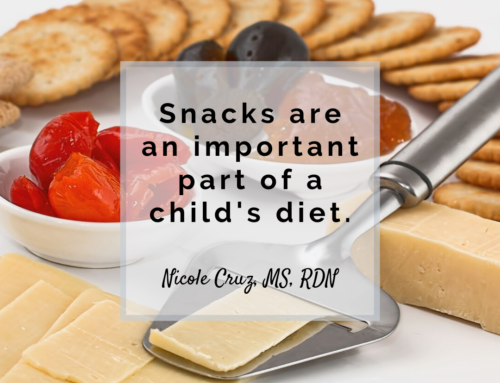
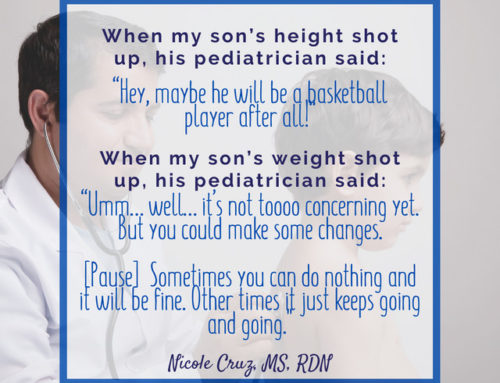
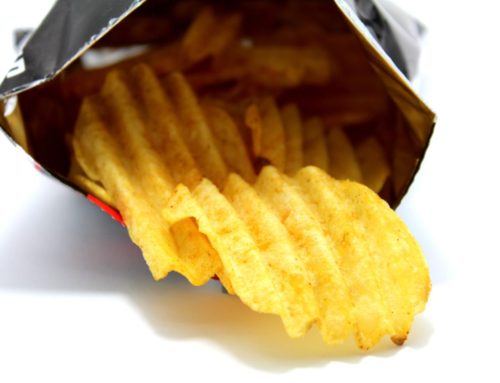
Leave A Comment